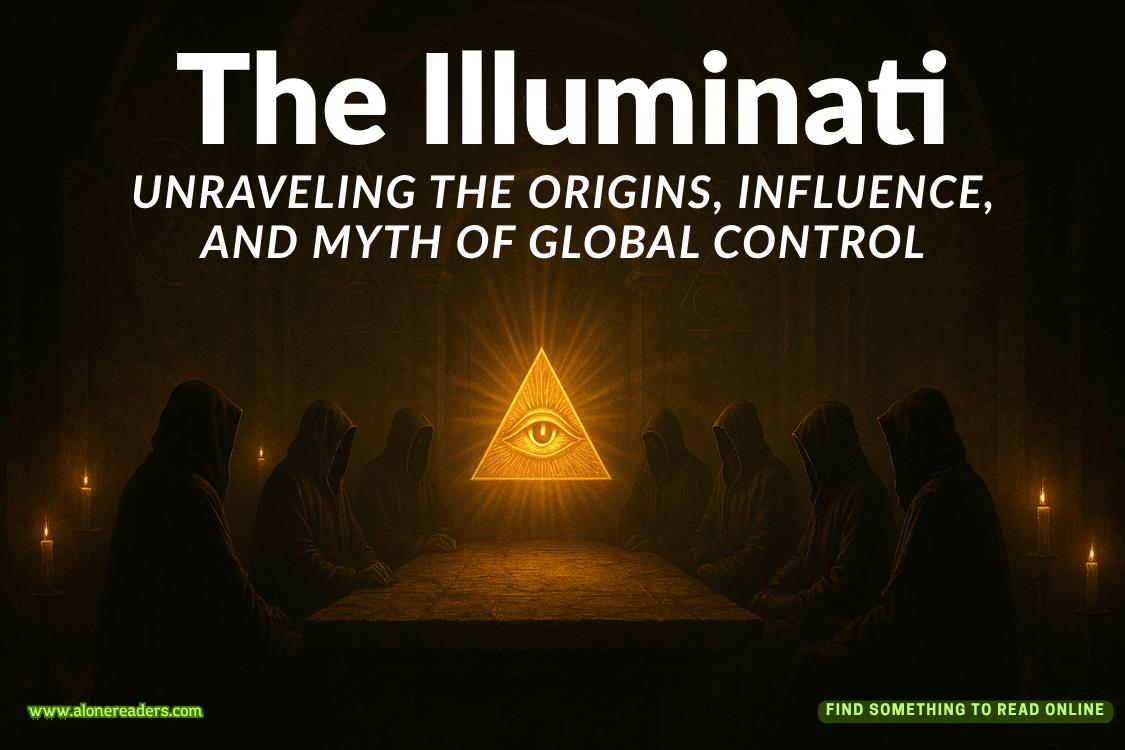Page 54 of The Weekend Crashers
Piper looks at her mother, who looks at Belinda. Knitting can’t be “scored” like an axe game. What’s success in knitting? A project takes days, weeks or months. They need a metric.
“I wish I had a beginner’s workshop for the boys today, but I don’t,” Belinda says. “It’s not a fair competition to ask them to keep up with anything more advanced.”
“Well, if you can’t give our team an arena for competition, I’d say that’s a forfeit,” says Aidan’s brother-in-law.
In the middle of this, Kalli pulls her aside.
“Do you know where Cole went?”
Piper is momentarily confused. Why is Kalli asking her? But then, she gets it: People see them hanging out and think they’re hooking up. But if she had an engagement ring, people wouldn’t assume that.
“I have no idea,” Piper says, looking around. There’s no sign of him. “By the way—Cole and I are just friends.”
Kalli gives her a weird look like,obviously.
“Do you think he left?” Kalli says. Piper repeats that she doesn’t know.
“I can text him if you want,” she offers. But Kalli backtracks, says she was just wondering. That it’s “not important.”
By the time Piper turns her attention back to the group, asolution for the knitting competition has been found: Belinda will add a beginner’s workshop to the schedule after all.
“But I need a volunteer to teach it, because I don’t have a moment free.”
A hand shoots up. Piper is surprised to realize it belongs to her mother. Sure, Maggie’s always up for making things more fun. But even for her, this seems impulsive. And Piper suspects this has nothing to do with a desire to teach or facilitate the competition, and everything to do with spending more time with Aidan.
“Maggie. Perfect,” Belinda says with a big smile. “As they say: Let the games begin, Or, in this case, continue.”
Chapter Twenty-Five
The only person Maggie’s ever taught to knit was Piper, and that was so long ago. After all these years, stitching is as natural to her as breathing. Now, facing the room full of men, it’s hard to get into the headspace of someone who doesn’t know a single thing about it.
They’re crowded together in a small room on the second floor. The space is packed with bins of yarn and knitwear hanging from a rack, but Belinda’s using the Purl for a Shetland Hap workshop. Aidan helped set up a folding table and chairs. The only reason they can all squeeze in is because Barclay and Cole bowed out.
Volunteering to run the workshop had been impulsive, and she holds Aidan Danby entirely responsible. Being around him makes her feel spontaneous. Carefree. It’s a dimension of her personality that was dormant during the years of intensive parenting. Now, she feels it still there, humming beneath the surface after all this time.
So now that she’s gotten herself into this teaching situation, she tries to remember what helped her learn. Really, most of what she remembers is love at first stitch. She’d tried other crafts before, like beadwork and needlepoint. But knitting immediately felt different. It was an instant source of happiness.And even though the men sitting around that table are just there for kicks, she feels a certain responsibility introducing them to knitting. Maybe one of them will feel the way she did. She’d find that very gratifying.
“Okay, so starting a knitting project, you have to get your yarn on the needle, and that’s called ‘casting on.’ There’re a few methods for this and the one I’m going to teach you is called the long-tail cast-on. The tail is part of what forms the stitches, so you need enough length to cast on all your stitches.”
One of the guys asks, “How do I know how much tail I need?
“As much as you can get,” Scott says. Clearly, he takes after his grandfather. Ignoring the comment—and the laughs it elicits—she continues.
“A general rule is to estimate about one inch of yarn for every stitch you want to cast on. Okay, so follow what I’m doing here and I’ll come around to help after I explain it: First, make a slip knot. Leave a tail that’s long enough for your project, then make a loop and pull the yarn through. Place the slip knot on your needle and tighten it a bit—it shouldn’t be too tight, or it’ll be hard to work with.” She’s doing the cast-on as she explains it and it’s a challenge to go slowly enough for them. “Spread your thumb and index finger apart and drape the yarn over them. The working yarn goes over your index finger, and the tail goes over your thumb. Your hand will look like a Y shape, with the yarn stretched between your fingers.”
The most interesting part of the situation is how obvious it is to her that none of the guys are willing to ask questions or admit their mistakes—even though some of them can’t seem to get any further than making the slingshot shape with their forefinger and thumb.
“Remember, pick up from the thumb, go around the index finger and pull through.”
Maggie demonstrates the cast-on again, walking aroundthe table and discreetly making individual suggestions to keep the guys on track. If Lexi were there, she knows she’d tell her something like,You don’t have to help them that much. It’s still a competition.But the rest of the knitters are busy taking Belinda’s class, and Maggie’s not thinking about the competition; teaching successfully would be a personal win.
It’s been a long time since she tried something new or challenged herself. Her job at Denim has become rote, and it’s been years since she thought about finding work that might be more rewarding. Maybe it was time to start looking again. But then, she couldn’t leave Elaine.
This was just her vacation mind getting the best of her. Everyone on vacation thinks, at some point, I wish this was my real life. But that’s not how things worked.
“Remember—it’s impossible to get better without making mistakes. So if you go through this whole class without making a mistake, then you’re not knitting.” She remembers hearing this when she was a beginner, and it was liberating. Then, remembering Belinda’s advice from the lace class, she adds: “There’s a reason stitches can be unraveled.”
If only things were as simple to fix in real life.















